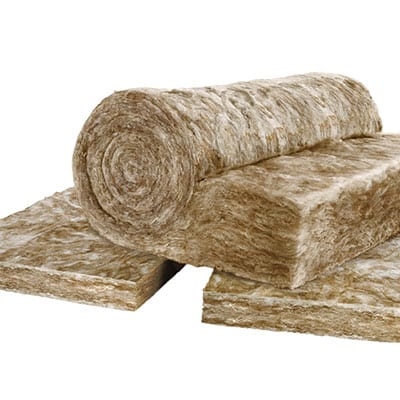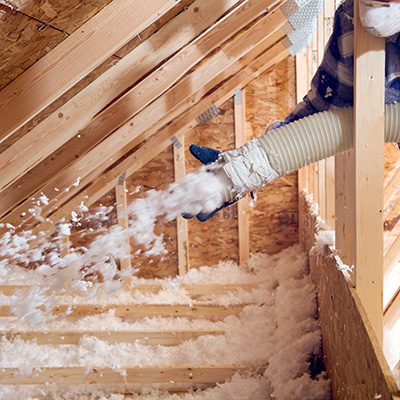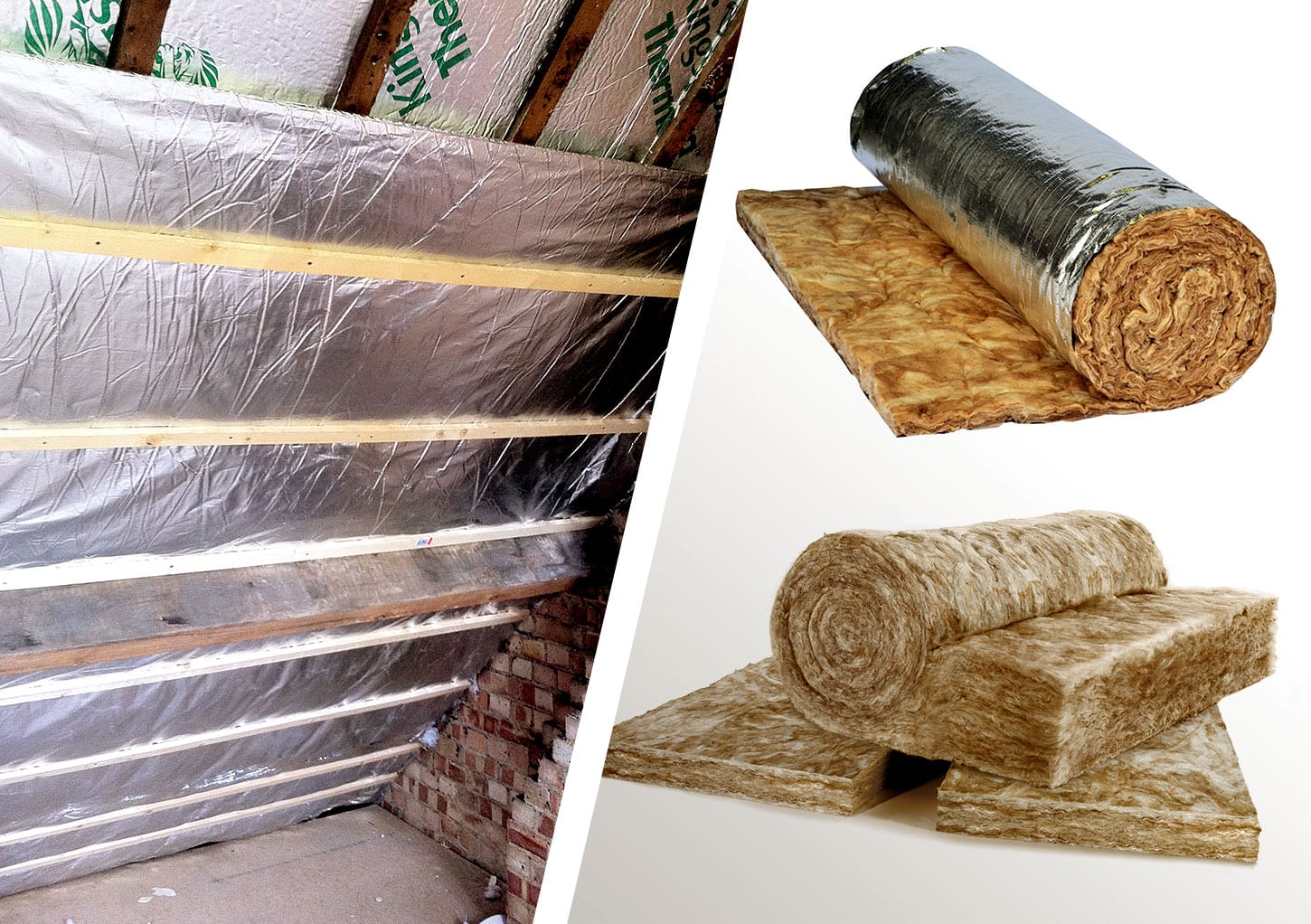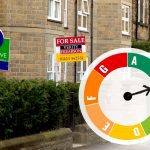Updated for mid-2024… You could be losing as much as £340 per year through your roof!
According to the latest figures from the Energy Saving Trust, effective loft insulation can slash your heating bills by up to £340 a year. Plus, making your home more energy-efficient could increase its value by 14%*.
Since everyone’s energy bills have climbed dramatically over the last few years it’s now more important than ever to insulate your home properly. There are a few main types of insulation out there for you to consider. In this post, we’ll explore the different types of loft insulation and which we think is the best.
Would you like to have your loft professionally insulated? Great, we’d be happy to help!
Read more about our Loft Insulation Service or…
Get Started TodayChoosing a Warm or Cold Loft
First off, one big choice you’ll need to consider is whether you need a warm or cold loft—misleading terms since a cold loft tends to be hot in summer and cold in winter.
For a cold loft, the only insulation needed is between the floor joists, preventing heat from getting into the loft. This has the advantage of being cheap and relatively easy to install. But it leaves the loft subject to temperature fluctuations and condensation. A cold loft would be unsuitable if you plan on storing materials sensitive to either or if you intend to use the space for activities.
To create a warm loft, the insulation is divided between the loft floor and the underside of the roof. This means that some heat can get into the loft and regulate its temperature, but is prevented from escaping through the roof. A far wider range of uses is possible for a warm loft, but the process of insulating the rafters (the underside of the roof) is harder and more expensive than installing insulation between the joists.
Best Types of Loft Insulation

Blanket Insulation
The most common form that we use is a loft insulation roll made of rock, glass, or mineral fibre (we use Earthwool by Knauf, which is a really effective and environmentally friendly option), or else foil-backed felt. It’s generally the cheapest option and good all-purpose insulation, especially for between joists. It’s the easiest type to fit but isn’t suitable for the underside of the roof, just beneath the loft flooring.

Loose-Fill Insulation
This type of insulation consists of a loose, lightweight material, such as cork granules, cellulose fibre, mineral wool, or even recycled newspaper. It can be used to top up existing insulation or on its own. The main downside is it isn’t very secure and can be really messy!

Sheet Insulation
Firm boards of either synthetic or natural materials are the best solution for insulating the underside of your roof. The boards provide highly effective insulation for your loft space and can also be decorated over. The downside is that sheet insulation tends to be the most expensive type.

Blown-Fibre Insulation
Loose materials of various kinds are blown in between joists; this is ideal for hard-to-get-at places but doesn’t offer a full solution, especially in a draughty loft. It’s also expensive and needs to be installed by a professional.
So, which is the best type of loft insulation?
It’s impossible to say categorically which type of insulation is the “best” since all the types we’ve listed have a different purpose and usage. The insulation you choose for your loft will depend largely on the use you intend to make of the space. As well as any specific challenges the shape of your loft poses.
But we can say that for us, the best type of loft insulation has to be blanket Earthwool by Knauf as it’s the type we use the most when installing loft flooring for storage. It’s vertsitile, easy to lay, and gets the job done every time.
Hopefully, after reading this, you’ll at least have some idea of which type might suit your loft best. If you’re still not sure which type you need, get in touch. We’re always happy to answer those types of questions (and we offer free surveys that give you lots more detail).
Want to know more about loft insulation?
If you’d like to read on and find out much more about loft insulation, we’ve put together a really comprehensive guide just for you! Come on over to read our ultimate guide to loft insulation.
*In 2013 the UK Government released a report based on research by the Department of Energy and Climate Change. It revealed that making energy-saving improvements in your home could increase its value by 14% on average. Improving your home’s EPC (Energy Performance Certificate) from band G to E, or from band D to B, could mean adding more than £16,000 to its sale price (again, on average).
Would you like to have your loft professionally insulated? Great, we’d be happy to help!
Read more about our Loft Insulation Service or…
Get Started TodayWas this post useful? Here are some other’s you might like...






